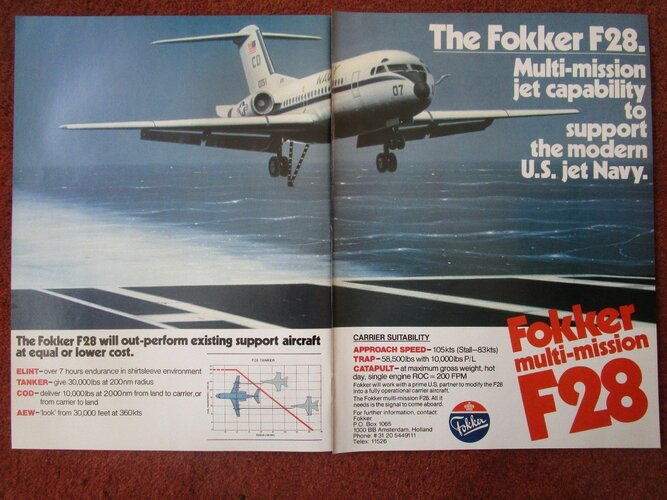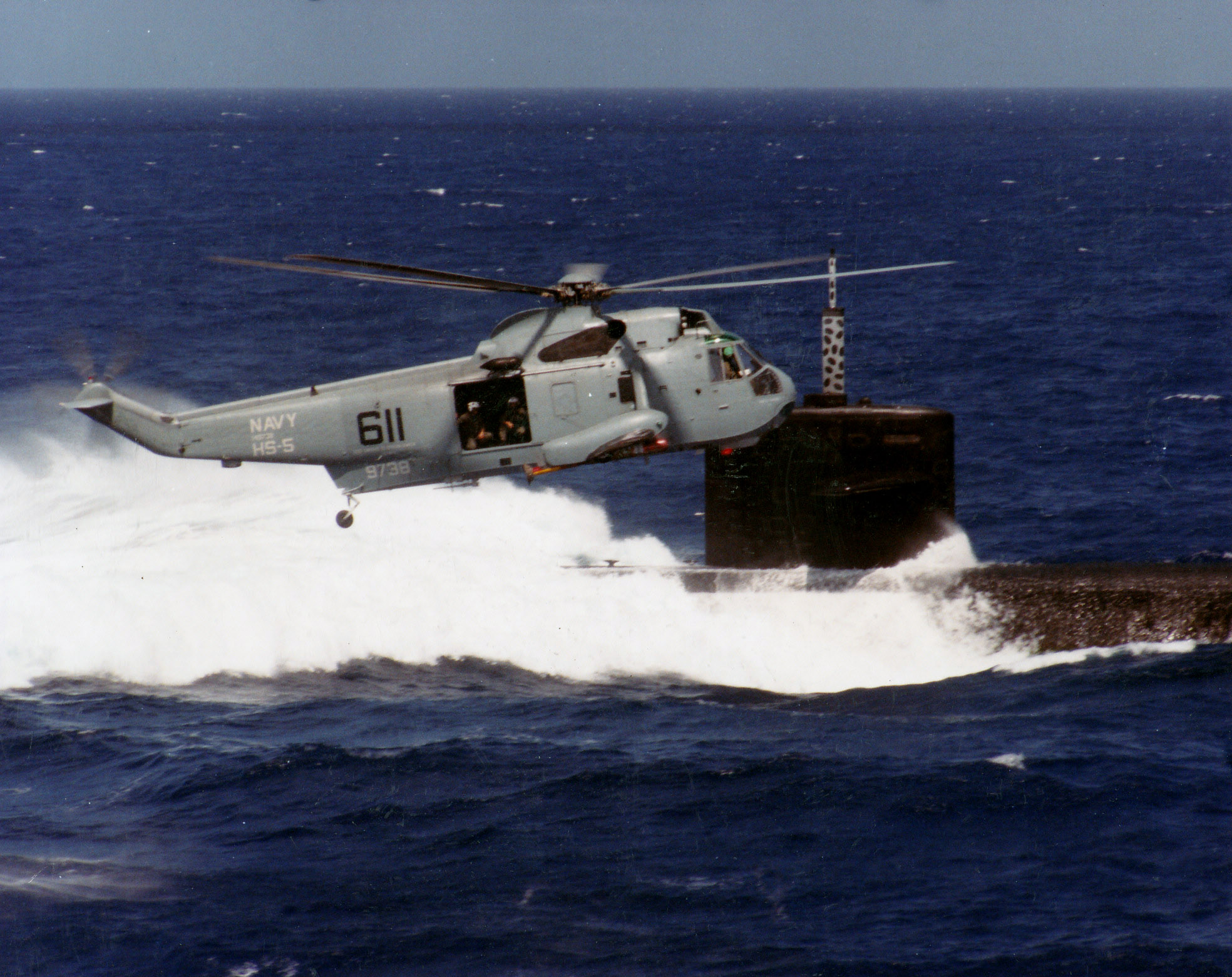F28 testing for aircraft carrier service in the North Sea
Fokker's chief pilot praises the aircraft's approach behavior
A Fokker F28 Mk6000 has demonstrated important aspects of its suitability for carrier delivery services for the US Navy during recent tests in the North Sea.
Piloted by Henk Themmen, head of Fokker's flight department, the aircraft made several approach passes to an aircraft carrier to check flight path control and stability in this phase of operations. No landing was made, as the emphasis was mostly on handling and maneuverability during approaches, although Themmen later said: 'The sea was calm and the ship had virtually no vertical movement, and I could have landed quite easily in the length of the aircraft carrier deck.
'But that was not the purpose of the tests. In operations related to aircraft carriers, it is very important to have an easily controllable low approach speed, as well as very good stability, so that the control of the flight path does not present complications. The Mk6000 meets both requirements.
'The aircraft also has a very steep lift curve and a very large angle of attack margin, so that with only small changes in the attitude of the aircraft, immediate changes in the angle of the flight path can be achieved. This means that a very controlled approach can be made towards the aircraft carrier.
Fokker has shown the US Navy the performance characteristics of the F28 and the modifications that are needed to adapt it to operations of delivery of material to aircraft carriers. Once modified for this mission, it could be easily adapted for tanker missions and other tasks performed by embarked aircraft.



